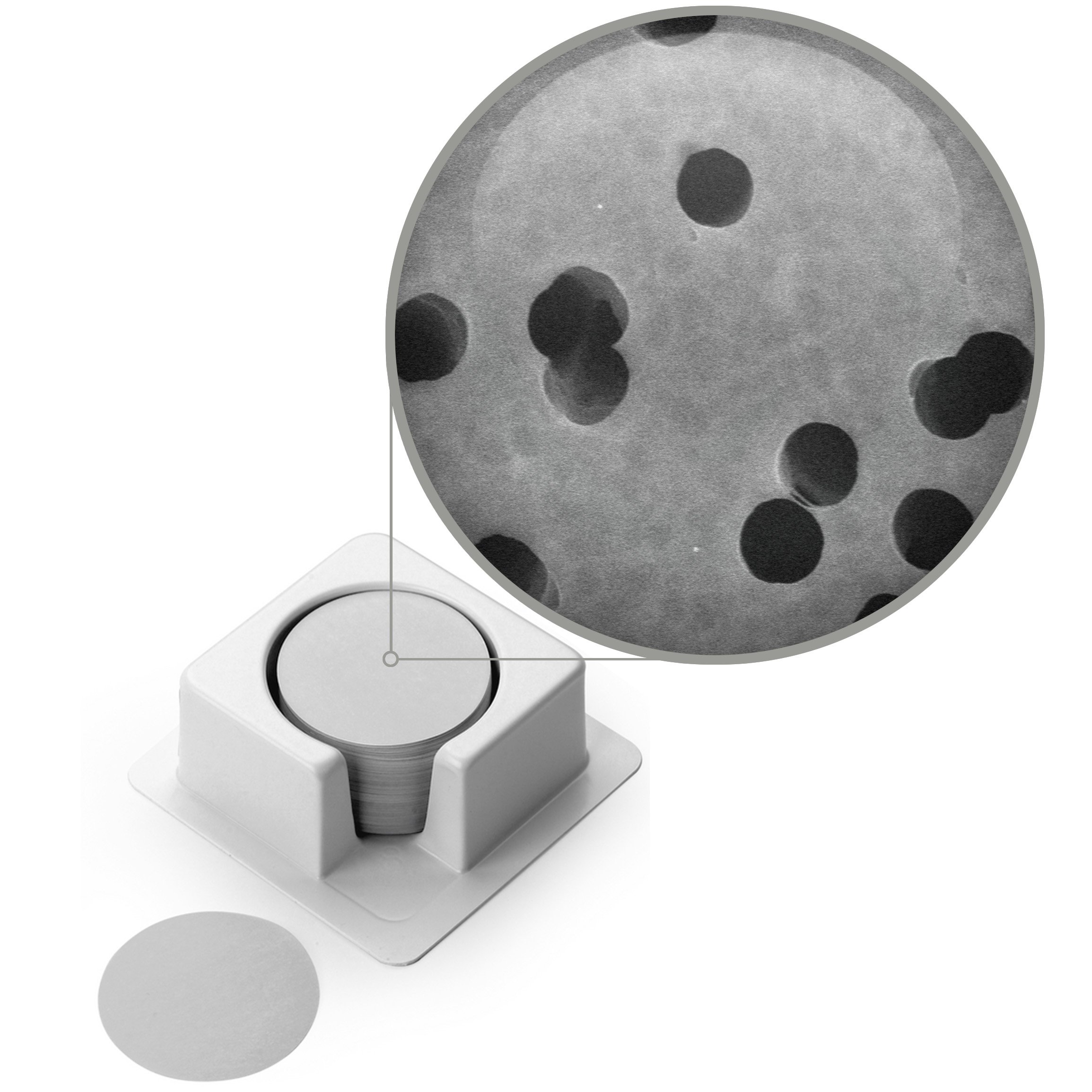
(Updated Feb, 2017) If you were to casually browse through Sterlitech's website, you may find that we have an incredible range of filter options. The casual browser may certainly find themselves overwhelmed looking for the right filter for their application. One of the most important aspects of filter selection is pore size, which determines the size of largest particles that can pass through the filter. Pore sizes are usually placed in one of two categories: nominal or absolute. So what's the difference? Nominal pore sizes A nominal pore size rating refers to a filter capable of preventing passage of a minimum percentage (usually between 60% and 90%)of solid particles of greater than the stated pore size, which is normally expressed in micrometers or microns. Conditions during filtration, such as operating pressure, shape of the particles and the concentration of particles, have a significant effect on the retention of the filters. Sterlitech's glass and quartz fiber filters have nominal pore sizes. Example applications for filters with nominal pore sizes:
- Pre-filtration
- Water quality analysis
- Airborn particulates
- Sterile filtration
- Microscopic examination
- Cytology
One other thing to note is that the tests usually used to determine pore size, such as the bubble point test, are conducted in liquid. However, both the filters and the suspended particles tend to work differently in air or gas. When used in air or gas filtration applications, the filter’s efficiency, its ability to capture particles, increases dramatically. This means a filter with a nominal pore size rating can act like an absolute-rated filter when used in applications involving gas.


![Join Sterlitech at BIO 2024 [Booth #5558]: Exploring the Future of Biotechnology](https://www.sterlitech.com/media/magefan_blog/b4.jpeg)

